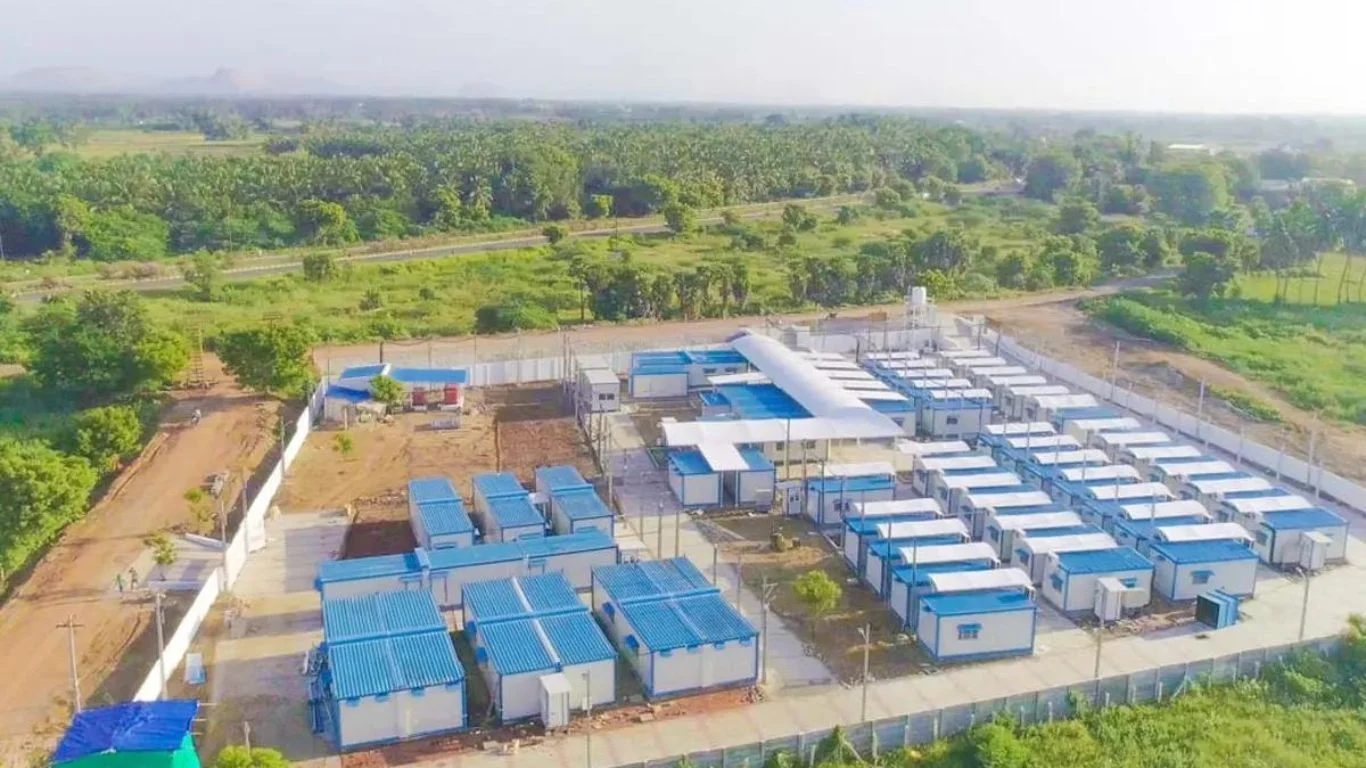Prefabricated modular construction is a cutting-edge method of constructing in which structures are assembled in predetermined factory conditions. Once the modules are ready, they are transported to the construction site, where they are placed atop a prepared base. After that, finishing touches are added.
Prefabrication has emerged as a promising new construction method and is making inroads into the industry. The government recognises the merits of this method of building and is actively promoting it as a means of producing low-cost homes. The time-saving advantages of modular building have been well recognised.
Modular Buildings’ Importance to the Healthcare Sector
The healthcare system was severely taxed during the second wave of the covid epidemic, which wreaked havoc on the country. More healthcare facilities, particularly hospitals, were desperately needed. Most medical facilities were already operating at full capacity, with no room for expansion.
It is both time-consuming and costly to construct new permanent hospitals in order to increase the available medical services. Therefore, modular building is the way to go. With the government pushing for increased public healthcare, it’s crucial to develop low-cost solutions that can be built and installed rapidly.
Advantages of Modular Healthcare Facilities
A modular prefab hospital can be added on to an already established medical facility. It only takes a few weeks to have these kinds of buildings operational. As an added bonus, they may be easily disassembled and relocated to another site for further usage or resale once the initial requirement has been met. Time is of the essence during catastrophic events like the recent covid outbreak, and modular buildings can aid in the rescue of one million people.
Modular building also has the great advantage of being extremely adaptable. Prefabricated modular hospitals can perfectly substitute for traditionally built hospitals, whether the need is for a hospital, mobile testing lab, isolation ward, or anything else. The building units are lightweight and mobile because of the method of construction, allowing for easy disassembly and relocation if necessary. With PEB buildings, most of the labour is done in factories under automation, thus neither weather nor a lack of workers may delay the project.
Last but not least, modular building methods are better for the environment. It has no negative effects on the ecosystem. That’s because fewer materials will be thrown away during assembly on-site when the building was built off-site. Modular construction is becoming increasingly popular as the workforce is split between offsite and onsite, reflecting the new normal of social distance.
EPACK Prefab has been making prefabs for more than 24 years. We are able to take on projects from start to finish because of our in-house manufacturing facility and other resources.











